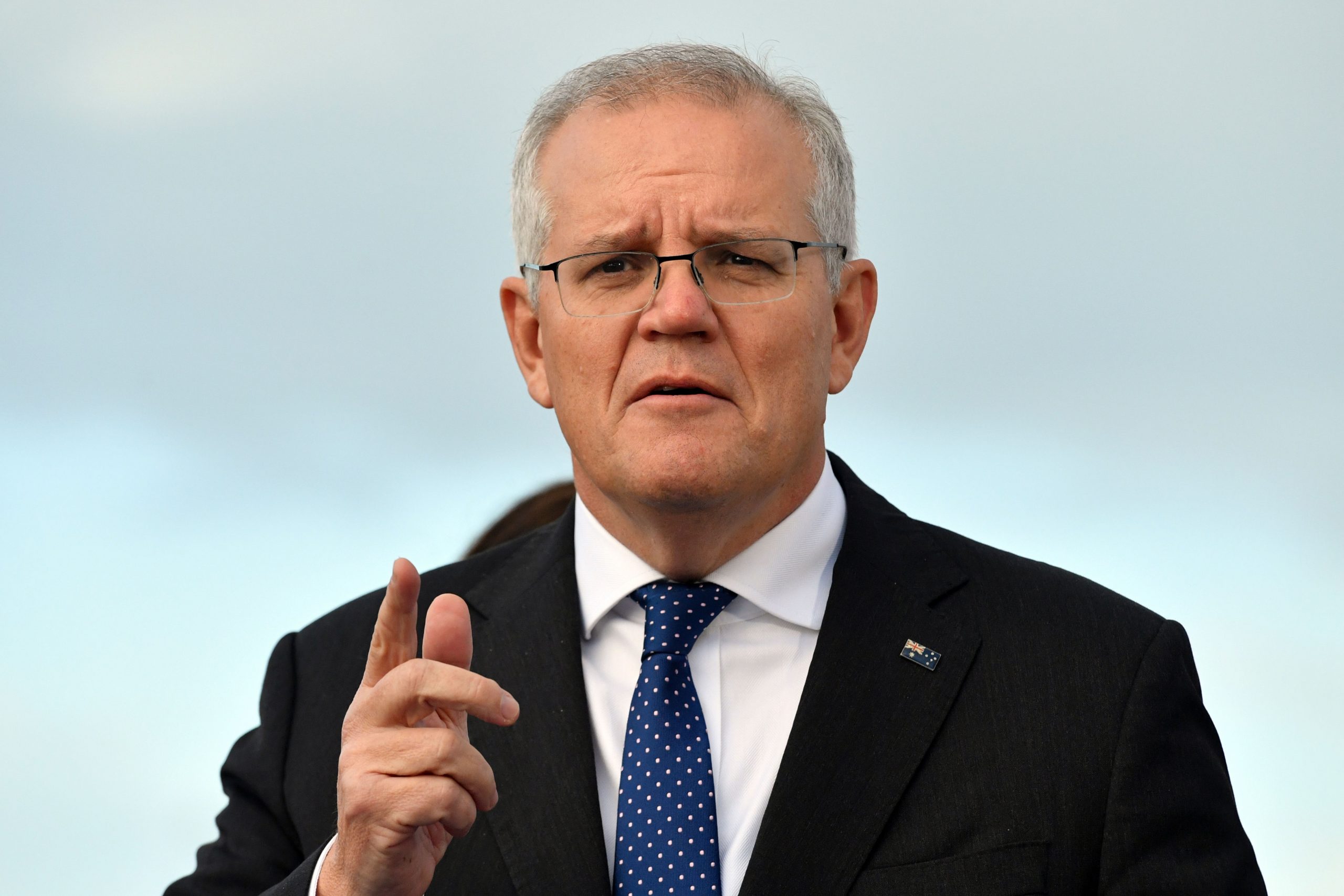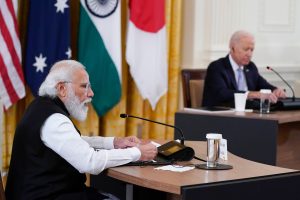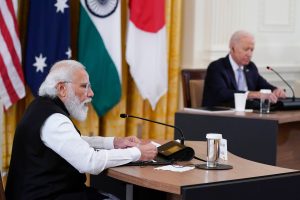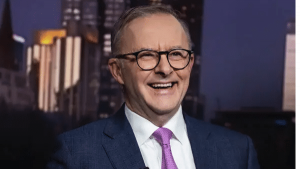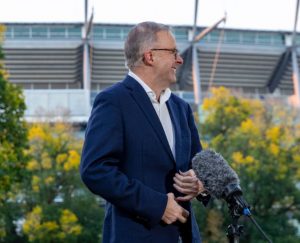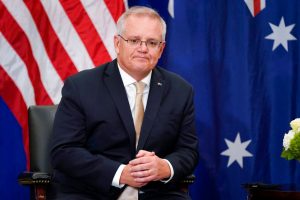The verdict is here. Australia voted out the rightwing coalition government after nearly a decade in office.
Australian Labor Party leader Anthony Albanese appeared certain to form a minority government, though it was unclear as counting continued if the party would have enough seats for a majority, according to projections from three news networks, according to CNN. “Tonight the Australian people have voted for change,” Albanese told the Labor faithful gathered at the Canterbury-Hurlstone Park RSL in Sydney’s inner-west.
Also Read: Scott Morrison concedes defeat, congratulates Opposition leader Anthony Albanese
The backlash against the Liberals decimated the moderate wing of the party as independent candidates, all women, drove Liberals out of the party’s most prestigious seats in major cities.
Prime Minister Scott Morrison conceded defeat shortly after 10.30pm on Saturday after it became clear voters had driven the Coalition out of power, either by rejecting the Liberals in key marginal seats in favour of Labor candidates or in blue-ribbon seats by installing independents.
Addressing supporters in Sydney soon afterwards, Morrison said he would step down as Liberal leader but stay in parliament. He said the low primary vote support for both major parties reflected the “upheaval” in the community during the COVID pandemic.
Parties need a majority of 76 seats to form a majority government. Labor is currently sitting on around 70, according to the Australian Electoral Commission.
Other than climate, this election focused on the character of the leaders. Morrison was deeply unpopular with voters and seemed to acknowledge as much when he admitted during the last week of the campaign that he had been a “bit of a bulldozer.” He was referring to making hard decisions during the COVID pandemic and severing a submarine deal with France.
Differences within the Liberal Party has led to Australia having had three different prime ministers . Although Scott Morrison has managed to make it through a full three-year term since winning the last elections in 2019, it would be a mistake to conclude that the party has overcome its constant in-fighting.
Indeed, the problems the Liberals faced in 2019 remain the same, if not more pressing. It is a party that has to manage several competing ideological standpoints and lacks the internal institutional machinery to manage debates and settle disputes.
Its primary mechanism to resolve policy disputes remains leadership change.

